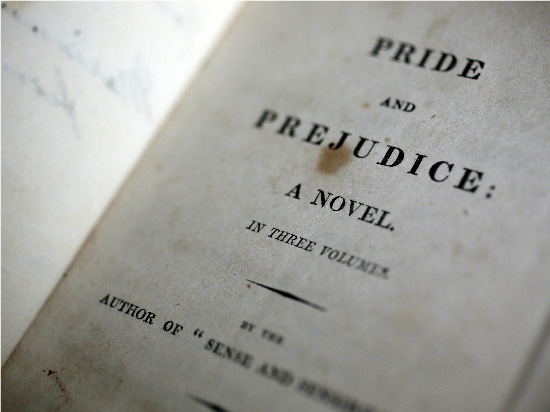
Image Credit: The Independent
While Caroline Bingley enumerates the accomplishments of elegant females in Pride and Prejudice, Mr. Darcy makes one significant addition: “to all this she must yet add something more substantial, in the improvement of her mind by extensive reading.” This pivotal scene, in which Darcy hints at the attraction to Elizabeth Bennet that blindsides her later, may charm audiences in part because Jane Austen, like her readers, cares about the written word. Austen parodied the sentimental and the gothic novels respectively in Love and Freindship and Northanger Abbey, defended the novel as a genre in Northanger Abbey, and showed her characters equally interested in reading. Fanny Price rhapsodizes as she joins a circulating library and becomes “a chooser of books” in Mansfield Park, Anne Elliot discusses poetry and prose with Captain Benwick in Persuasion, and Sanditon’s proto-villain Sir Edward Denham fancies himself “quite in the line of the Lovelaces.” Yet reading practices today are not the same as they were ten years ago, let alone as they were when Pride and Prejudice was first published on 28 January 1813.
Recent comments
2 years 29 weeks ago
2 years 44 weeks ago
2 years 44 weeks ago
2 years 50 weeks ago
3 years 4 weeks ago
3 years 4 weeks ago
3 years 4 weeks ago
3 years 6 weeks ago
3 years 6 weeks ago
3 years 6 weeks ago